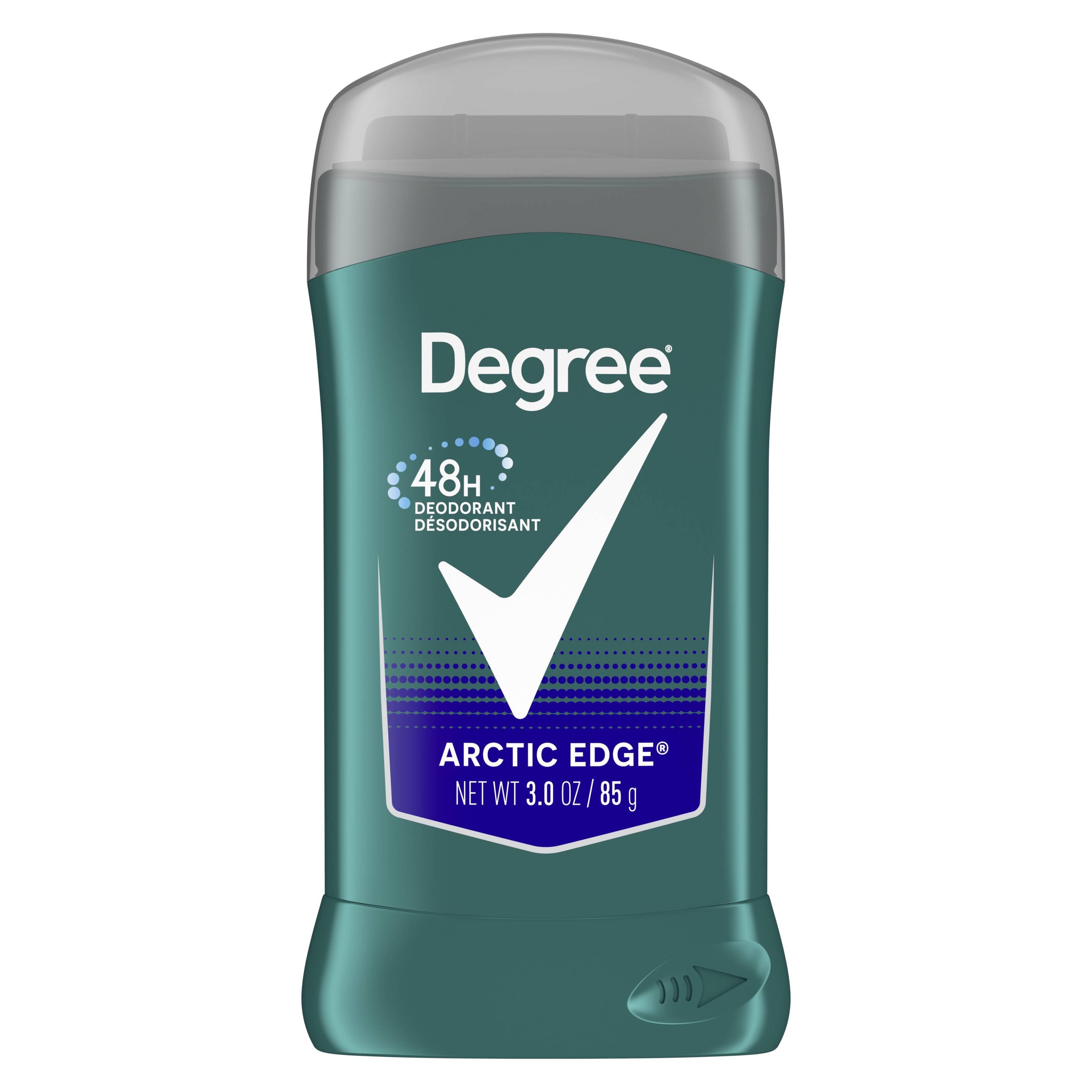TOP 8 REASONS YOU HAVE ARMPIT RASH
Ever found yourself in a scratch-athon, courtesy of an armpit rash? It’s not just you. But before you start pointing fingers at your deodorant, let's dive into the top reasons your pits might be pitching a fit, and how to strike out those rashes for good!
THE UNCOMFORTABLE TRUTH ABOUT ARMPIT RASH
Armpit rashes can seriously mess with your day. They can be itchy, painful, and just plain annoying. Here are the key reasons you might be dealing with an armpit rash:
1. Heat rash
One common cause of underarm rash is heat. When you sweat a lot, especially in hot weather or during intense workouts, your sweat can get trapped in the glands and can get clogged. This leads to tiny, itchy bumps on your armpit.
2. Friction
Tight clothing and repetitive movements can cause friction, leading to rashes. If your shirt is too snug or you're constantly moving your arms, the rubbing can irritate your skin, creating a rash. To avoid this, opt for breathable fabrics and roomier fits that let your skin do its thing without constraint.
3. Candida
Bacteria and fungus love warmth. Your armpits are a warm, moist paradise for bacteria and fungi. This environment can lead to infections that cause itchy, uncomfortable rashes. Ever heard of Candida? It's a yeast infection that loves to hang out in places like your armpits. Keep your underarms dry and clean to avoid this unwelcome guest. Regular washing and a trusty deodorant can help keep armpits dry and a potential armpit rash at bay.
4. Allergies
Sometimes, the culprit of an armpit rash is caused by the products you use. Deodorants, skincare, soaps, laundry detergents, and even the fabrics you wear can cause allergic reactions. If you've recently switched products and noticed a rash, you might want to rethink your choices.
Make sure your underarms are clean and dry before applying deodorant.
5. Shaving
Improper shaving techniques, or using the wrong shaving products, can lead to armpit irritation. If you're not careful, shaving can cause tiny cuts and abrasions that can get infected or irritated, resulting in a rash. Use a sharp razor and shave in the direction of hair growth to minimize risk.
6. Eczema
Eczema is a chronic skin condition that causes dry, itchy, and inflamed skin. Moisturizing regularly and using gentle, fragrance-free products can help manage symptoms.
7. Psoriasis
Psoriasis causes red, scaly patches of skin. Treatments like topical steroids and light therapy can help, but it’s advised to consult a dermatologist for the best approach.
8. Dermatitis
Dermatitis occurs when your skin reacts to a substance. Identifying and avoiding the irritant is crucial. Look for gentle, hypoallergenic skincare and deodorants.




